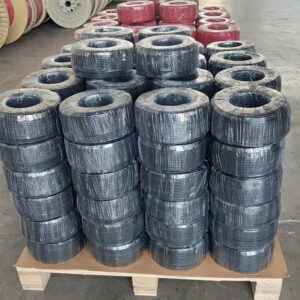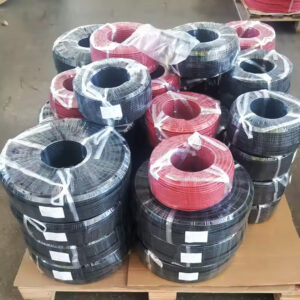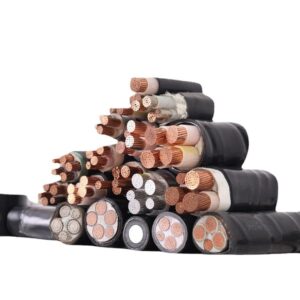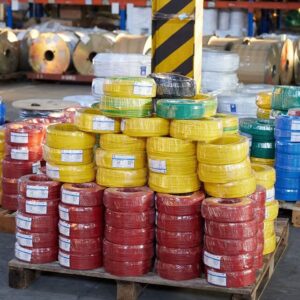In our modern, technology-driven world, cables are the unsung heroes that power and connect our devices. Selecting the right cable is crucial for ensuring optimal performance, safety, and durability. Here are some key factors to consider when making your choice.
Purpose and Application
The first step in choosing a cable is to determine its intended use. Different applications require different types of cables. For example, if you need to connect a computer to a monitor, you’ll likely need an HDMI or DisplayPort cable. For charging your mobile device, a USB cable is the way to go. Industrial applications may demand cables with higher resistance to heat, chemicals, and physical stress.
Cable Length
The length of the cable is another important consideration. Longer cables can provide more flexibility in terms of device placement, but they may also result in signal loss. For high-speed data transfer or sensitive applications, it’s often best to use the shortest cable possible to maintain signal integrity. If a longer cable is necessary, look for ones specifically designed to minimize signal degradation over distance.

Cable Gauge
The gauge of a cable refers to the thickness of its conductors. Thicker gauges (lower gauge numbers) can carry more electrical current with less resistance, making them suitable for high-power applications. For example, a 12-gauge cable is better for powering large appliances compared to a 16-gauge cable.
Quality and Durability
Investing in a high-quality cable is essential for long-term reliability. Look for cables made from premium materials, with proper insulation to prevent electrical shorts and interference. Check for certifications such as UL (Underwriters Laboratories) or CE (Conformité Européene), which indicate that the cable meets safety and quality standards.
Cost
While cost is a factor, it shouldn’t be the sole determinant. Cheaper cables may save you money upfront, but they could end up causing problems down the line, such as poor performance or safety hazards. Strike a balance between quality and cost to ensure you get the best value for your money.
By considering these factors, you can make an informed decision and choose the cable that best suits your needs.







